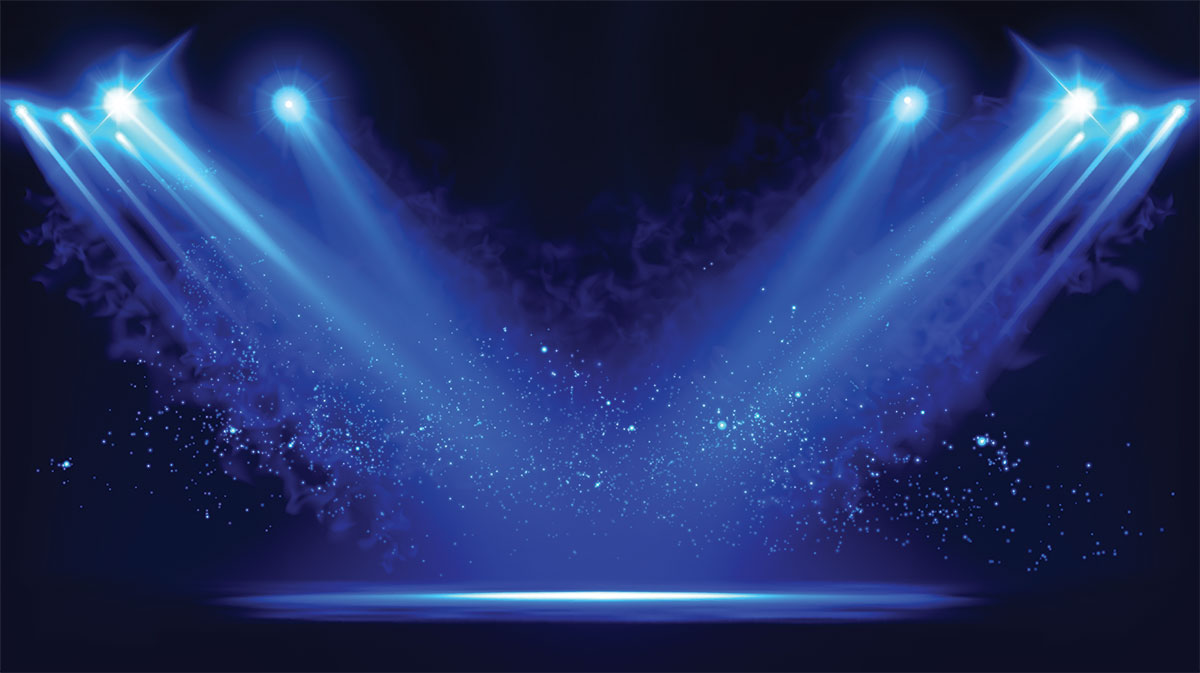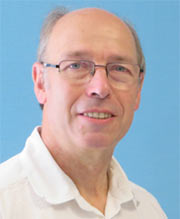SPS Pioneers in IEEE History: Member Highlight: Prof. Christian Jutten

 Prof. Christian Jutten received Ph.D. (1981) and Doctor es Sciences (1987) degrees from Grenoble Institute of Technology, France. He was Associate Professor (1982-1989), Professor (1989-2019), and in September 2019, became Professor Emeritus at University Grenoble Alpes. His research activities are focused on statistical signal processing issues strongly related to machine learning. Early, he investigated artificial neural networks, and how they process information was the subject of his Ph.D. in 1981. Then, to understand how vertebrate brains can code/decode their motions, he developed the concept of source separation and contributed to its theoretical foundations and many applications. More recently, he investigated sparse representations, dictionary learning, and data fusion from a theoretical perspective in the framework of Big Data, which are typically multimodal, heterogeneous, and high-dimension, with applications in brain imaging, audio-visual speech processing, remote sensing, chemical sensor array, etc.
Prof. Christian Jutten received Ph.D. (1981) and Doctor es Sciences (1987) degrees from Grenoble Institute of Technology, France. He was Associate Professor (1982-1989), Professor (1989-2019), and in September 2019, became Professor Emeritus at University Grenoble Alpes. His research activities are focused on statistical signal processing issues strongly related to machine learning. Early, he investigated artificial neural networks, and how they process information was the subject of his Ph.D. in 1981. Then, to understand how vertebrate brains can code/decode their motions, he developed the concept of source separation and contributed to its theoretical foundations and many applications. More recently, he investigated sparse representations, dictionary learning, and data fusion from a theoretical perspective in the framework of Big Data, which are typically multimodal, heterogeneous, and high-dimension, with applications in brain imaging, audio-visual speech processing, remote sensing, chemical sensor array, etc.
He is the author/co-author of four books, 120+ papers in international journals, and 250+ publications in international conferences. He received some awards, was elevated IEEE and EURASIP fellow, and was a recipient of a prestigious Advanced European Research Council Grant in 2013 for the project Challenges in Extraction and Separation of Sources (CHESS). He was a visiting professor at EPFL, RIKEN labs, and the University of Campinas. He also served as the head of the signal/image processing laboratory and scientific advisor for signal/image processing at the French Ministry of Research (1996–1998) and CNRS (2003–2006 and 2012-2019). He was the organizer or program chair of many international conferences, including the first Independent Component Analysis Conference in 1999 (ICA'99), IEEE MLSP 2009, and ICASSP 2020 as technical program co-chair. He was a member of the IEEE MLSP and SPTM Technical Committees, associate editor in Signal Processing and IEEE Trans. on Circuits and Systems, guest co-editor for IEEE Signal Processing Magazine (2014), and the Proceedings of the IEEE (2015). Since 2021, he has been editor-in-chief of IEEE Signal Processing Magazine.
At IEEE’s 75th anniversary, we approached the SPS pioneer, Prof. Christian Jutten, with the following questions:
1. What have been the most important factors in your career path?
I believe that the most important factors have been the meeting of a few key people who actually have had a strong influence on my life, not only scientific.
The first one was my Ph.D. supervisor, Prof. Jeanny Hérault: he was an outstanding scientist, very curious, full of mind-blowing ideas, and open to any new challenge. He was a scientist « out of the box » who was driven by his passion for research, especially for understanding how the brain can process information so efficiently.
I also think of some other great scientists: Dr. Odile Macchi, who supported the first works we did on source separation; Dr. Nicolas Franceschini, a neuroscientist, who also proposed out-of-the-box and clever experimental devices and methods for studying how flies are seeing. In addition, I would like to cite Dr. Pierre Comon and Dr. Jean-François Cardoso, who shared such fruitful discussions in the early 90 at the beginning of source separation.
A second important factor has been the development in the middle of the '80s of European projects. It opened the era of collaborative research with a team of other countries. It was very exciting for the young scientist I was to visit scientists from other labs for a few days or weeks and to work together on research questions.
2. What were the main changes in your field during the last 25-30 years?
From the theoretical point of view, I remember how it was difficult at the beginning of source separation (in the middle '80s) to use independent component analysis to explain how statistical independence was powerful and why it could blindly solve source separation. In fact, for most people, in the early '80s, iid Gaussian assumption was the rule, so that decorrelation was enough to ensure independence. Using higher (than 2) order statistics (HOS) was quite new, and it was the topic of a series of annual workshops (IEEE HOS workshop) that began in the early 90s.
The main theoretical paper for explaining in depth how ICA works was published by Comon in 1994. Then, a few methods have been proposed to exploit the fact that sources are not iid but either colored or nonstationary. Again, stationarity was a usual assumption at that time: relaxing this assumption was reckless, and proposing a solution based on nonstationarity was a revolution. Then the problem of source separation was mainly considered a problem of matrix or tensor factorization.
In parallel to theoretical studies, source separation algorithms have been used for many applications, especially for processing brain signals like EEG or MRI, for speech and music, and later for the problem of hyperspectral unmixing in satellite imaging. Considering these applications, at the beginning of the 2000s, new approaches were proposed, driven by new assumptions like non-negativity or sparsity.
3. What were the main scientific and technological obstacles in the beginning of your career (or in 90's) and have they been addressed?
In the early 90s, a stream of ideas focused on NON-properties for relaxing the usual assumptions used in signal processing, which were not satisfied in many cases. Mainly it was to study methods for NON-Gaussian, NON-Stationary, NON-Linear signals and models.
From the technological point of view, the power of computers, the capacity of memories, and hard disks are incredibly modest when we compare them with today's smartphone, touchpad, or laptop. To give the younger ones an idea, a typical PC in 1990 was based on an 80386 Intel 16-bit processor, with a clock frequency of about 15 MHz, 2 MO of RAM, and 50 MO for the hard disk! For people working on image processing, it was a challenge. Moreover, it is not by chance that the first ICIP conference dates back to 1994!
In my lab, where we were investigating artificial neural networks, a few projects and PhDs were focused on designing special computing architectures (e.g., based on systolic architectures or even analog integrated circuits) for efficient implementation of neural algorithms.
Clearly now, such obstacles are entirely overcome, and for many years.
4. In your opinion, what are some of the most exciting areas of research for students and upcoming researchers?
I believe that multimodal signal and image processing is a very exciting area of research, inspired by information processing in animals and humans. Typically, decisions are made using simultaneous signals coming from different sensors. This is now technologically possible due to advances in microelectronics and nanosciences. Many theoretical problems have to be addressed, and advances in this area should have a high impact in many domains.
Of course, machine learning and deep learning are also very exciting areas. I would like to push young scientists to avoid the temptation to take it easy by running blindly ready-made programs on large datasets. I encourage them to address many important questions for understanding better why and how they are working!
In my opinion, currently, some implicit issues must also be associated with any research: What is the impact of my research? Is the effect of my research beneficial for any human anywhere in the world? Is my research compatible with sustainable development for the planet?
5. If there is one take home message you want the readers of this interview to have, what would it be?
Working in science and research will provide you with a very exciting life.
I recommend avoiding the temptation of the « publish and perish » trend and thus investigating « out of the box » issues rather than incremental ones.
Be fully rigorous and honest in your investigation methods; co-author papers only if your contribution is significant; provide details on your codes, processing, and data for reproducible science and make benchmarks easier. This is important for supervisors to show the right way to young researchers and for society to be confident in science.
Again, as I said above, add ethical issues to your scientific approach. You will probably have to imagine new ways for measuring performance, enriching the usual performance index by taking ecological and ethical issues into account.

